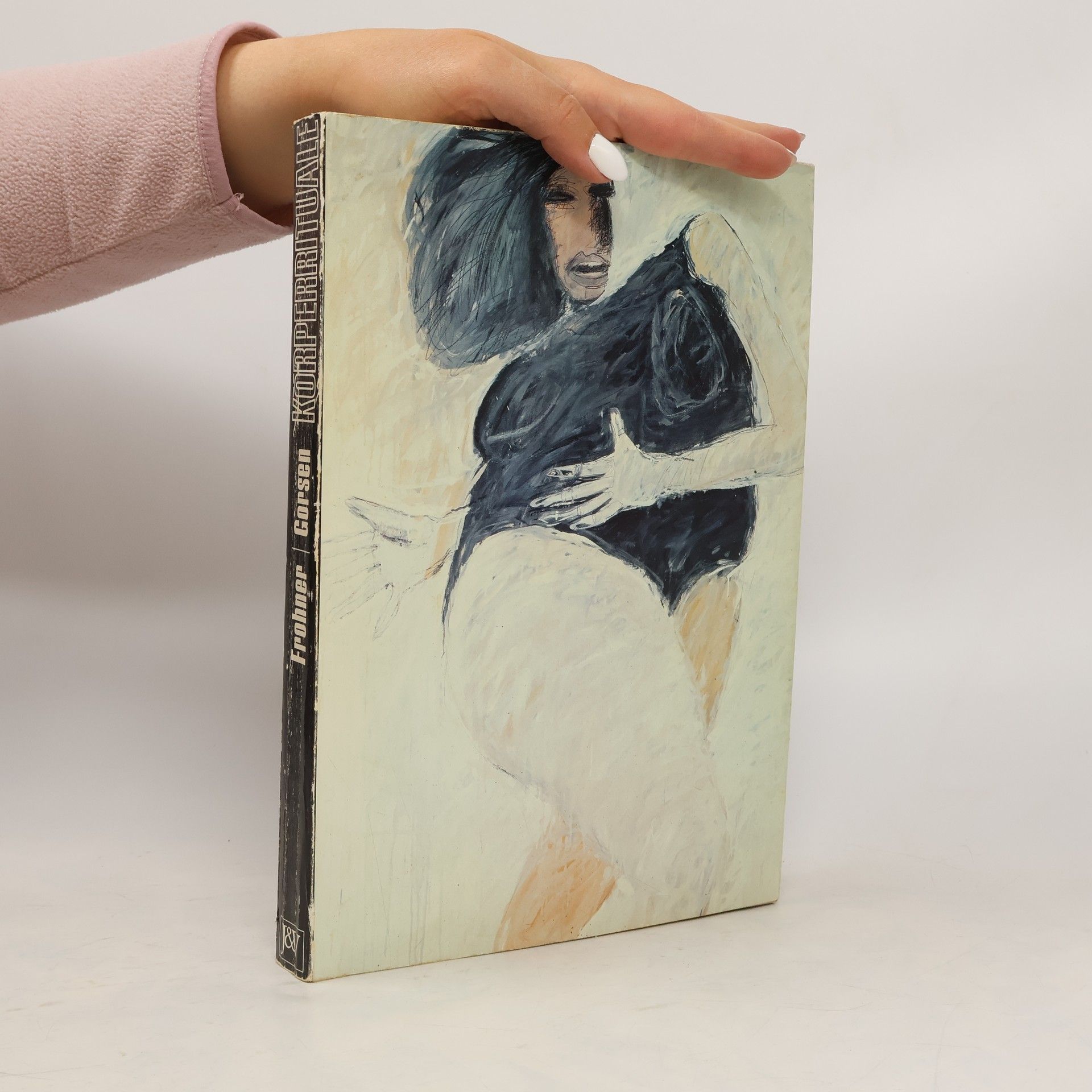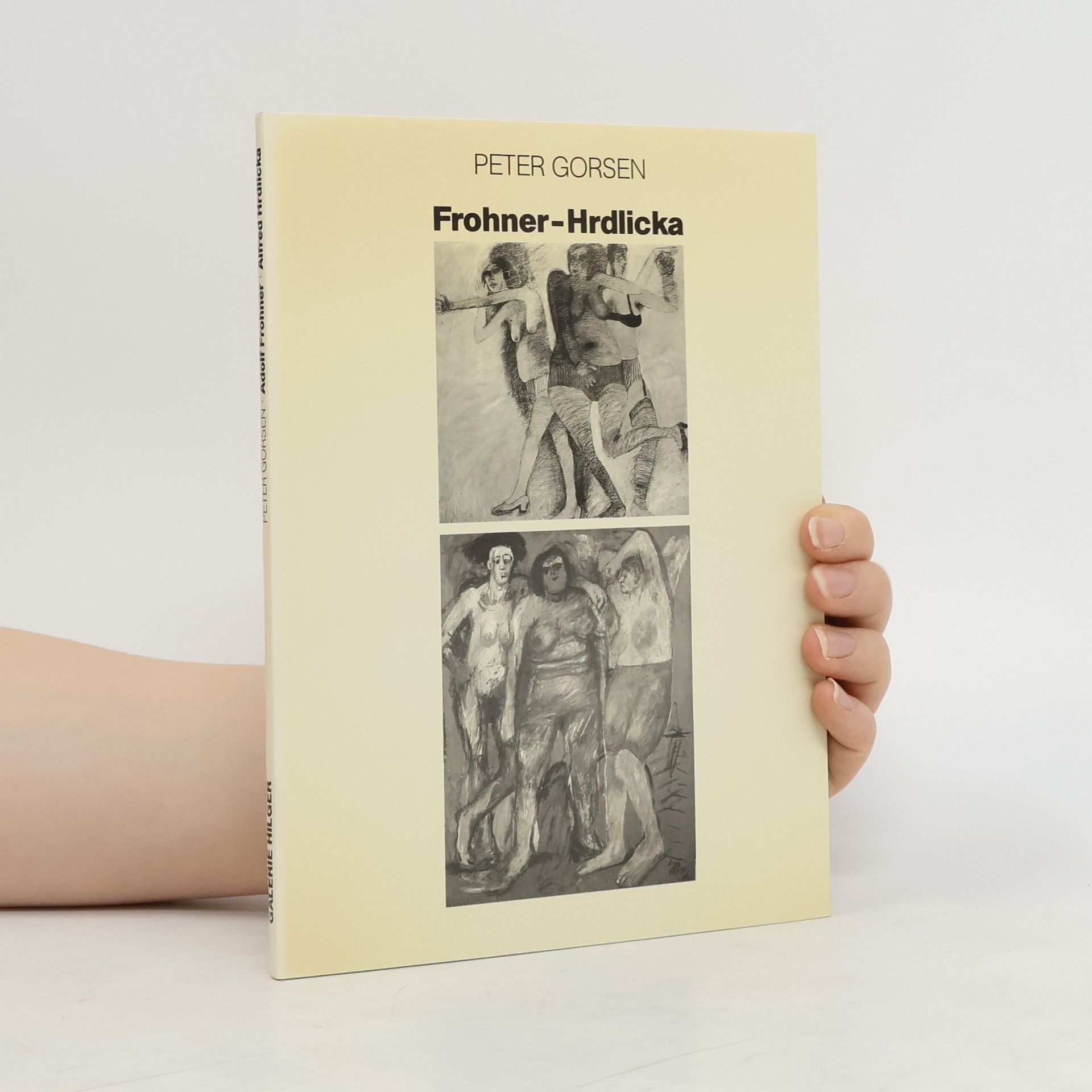Peter Gorsen Livres

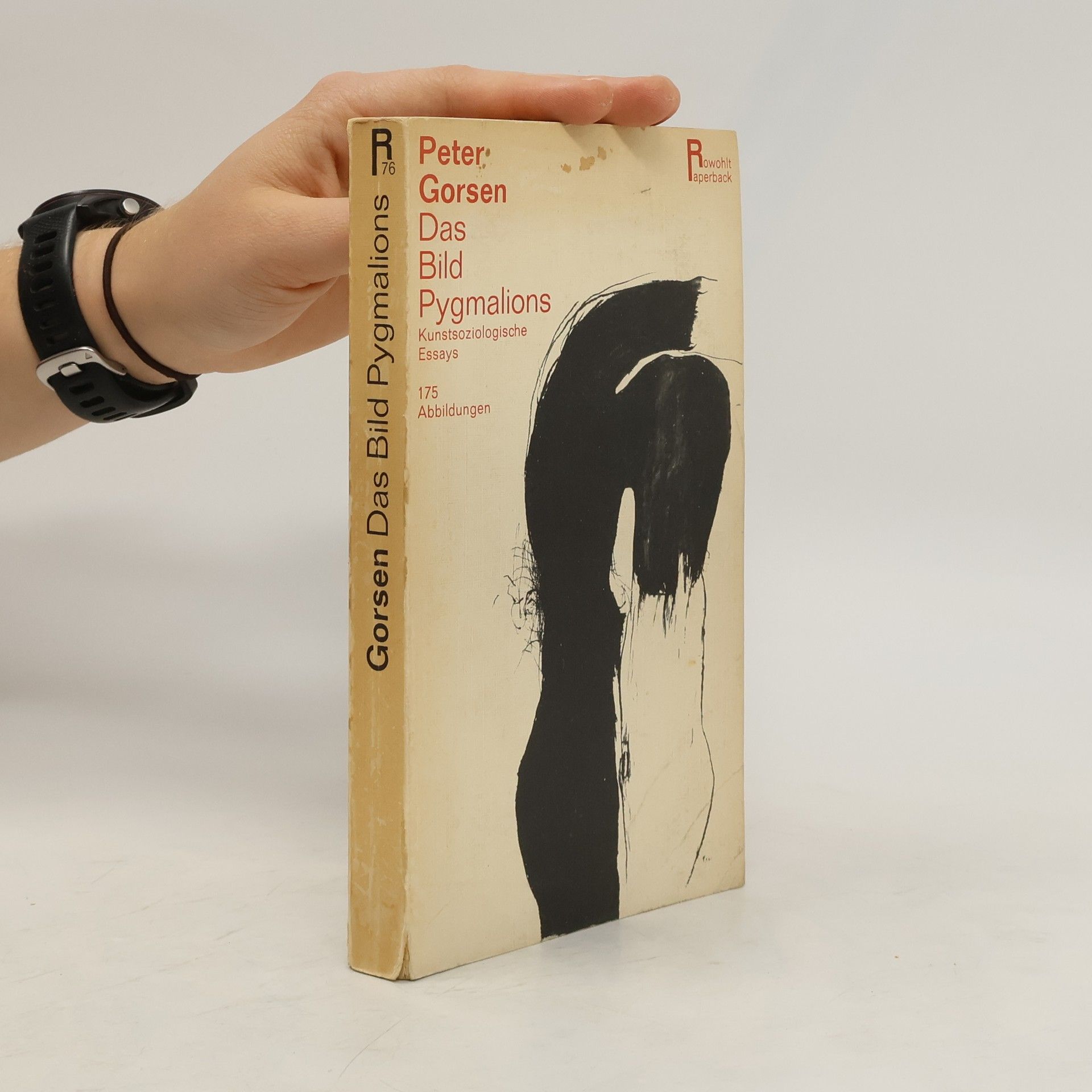
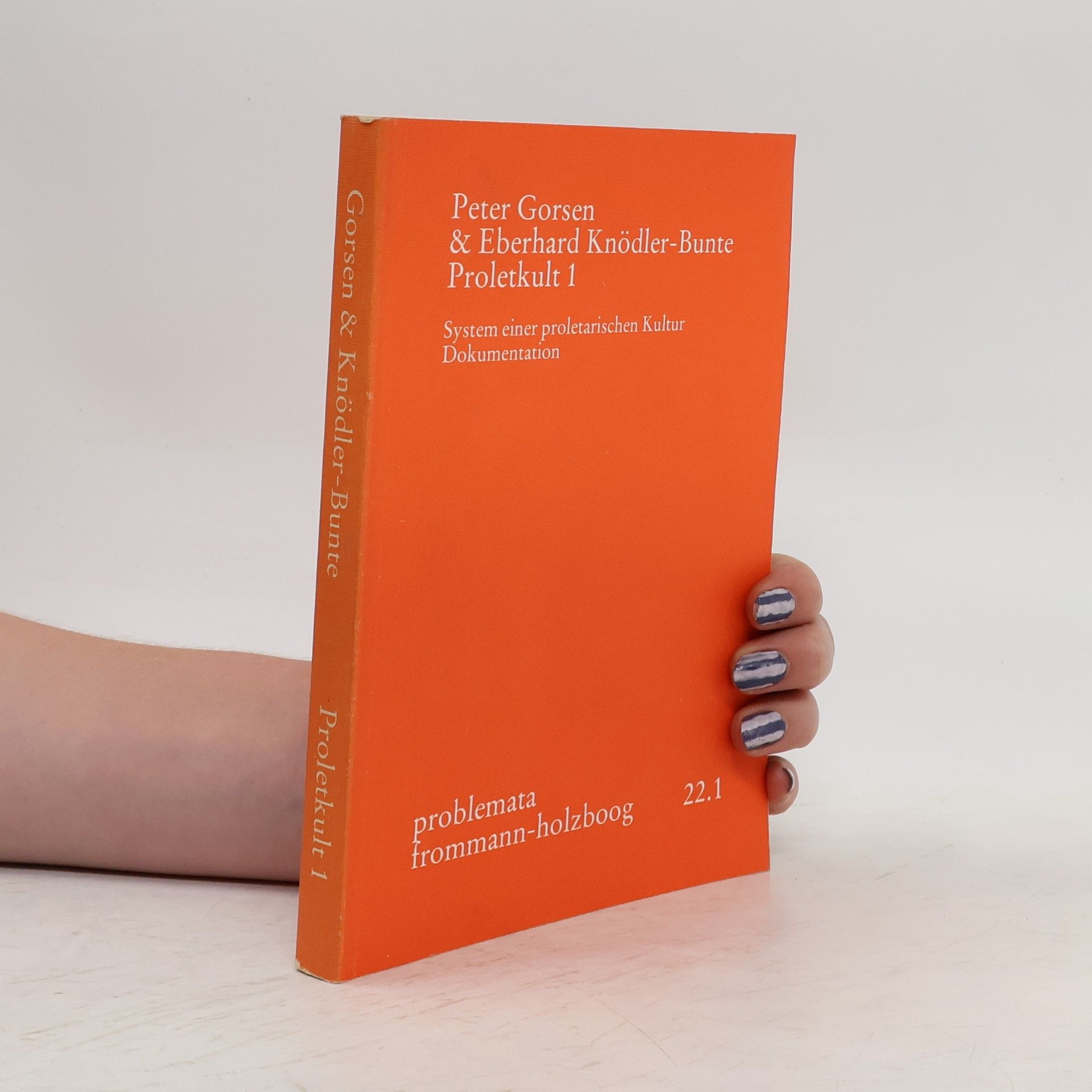
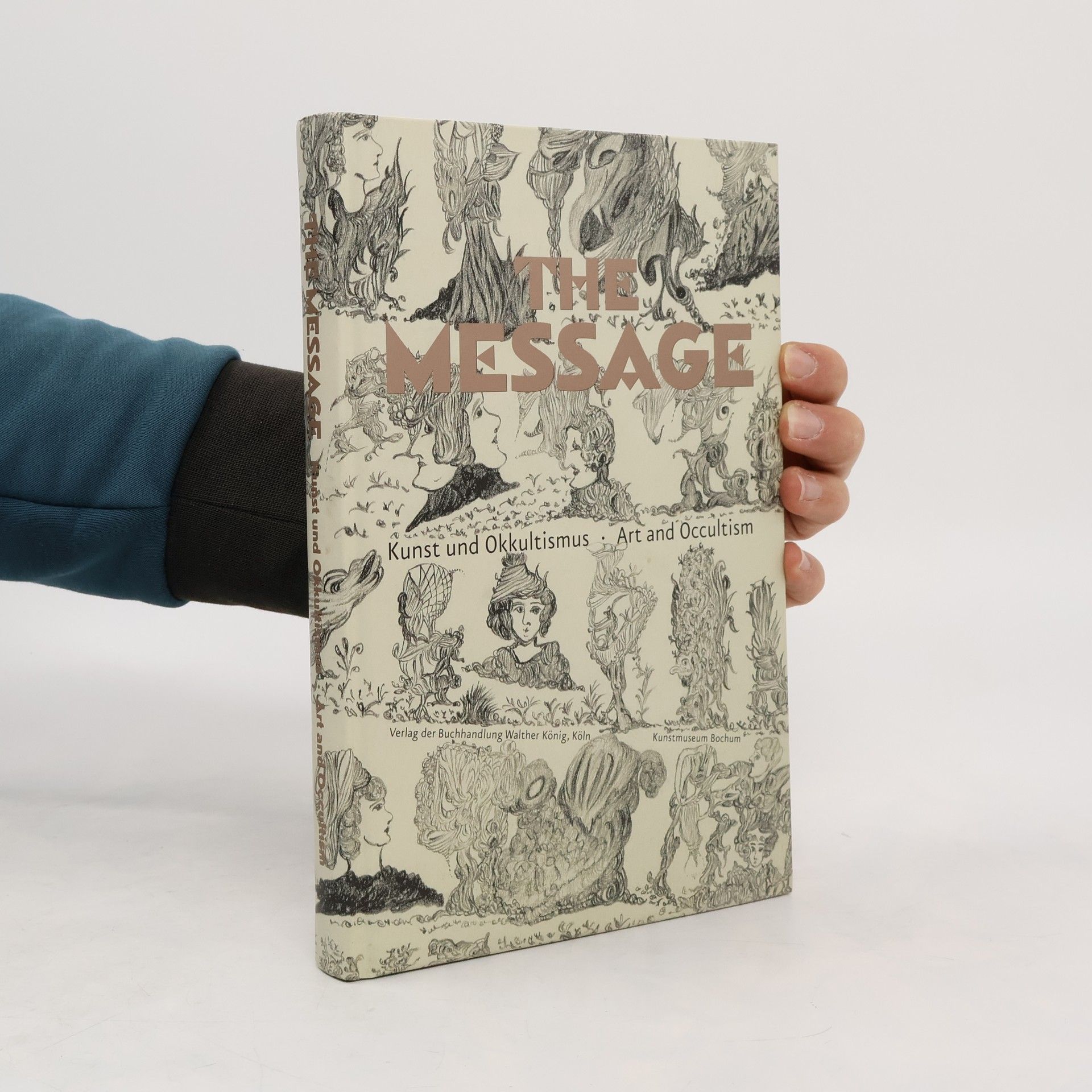

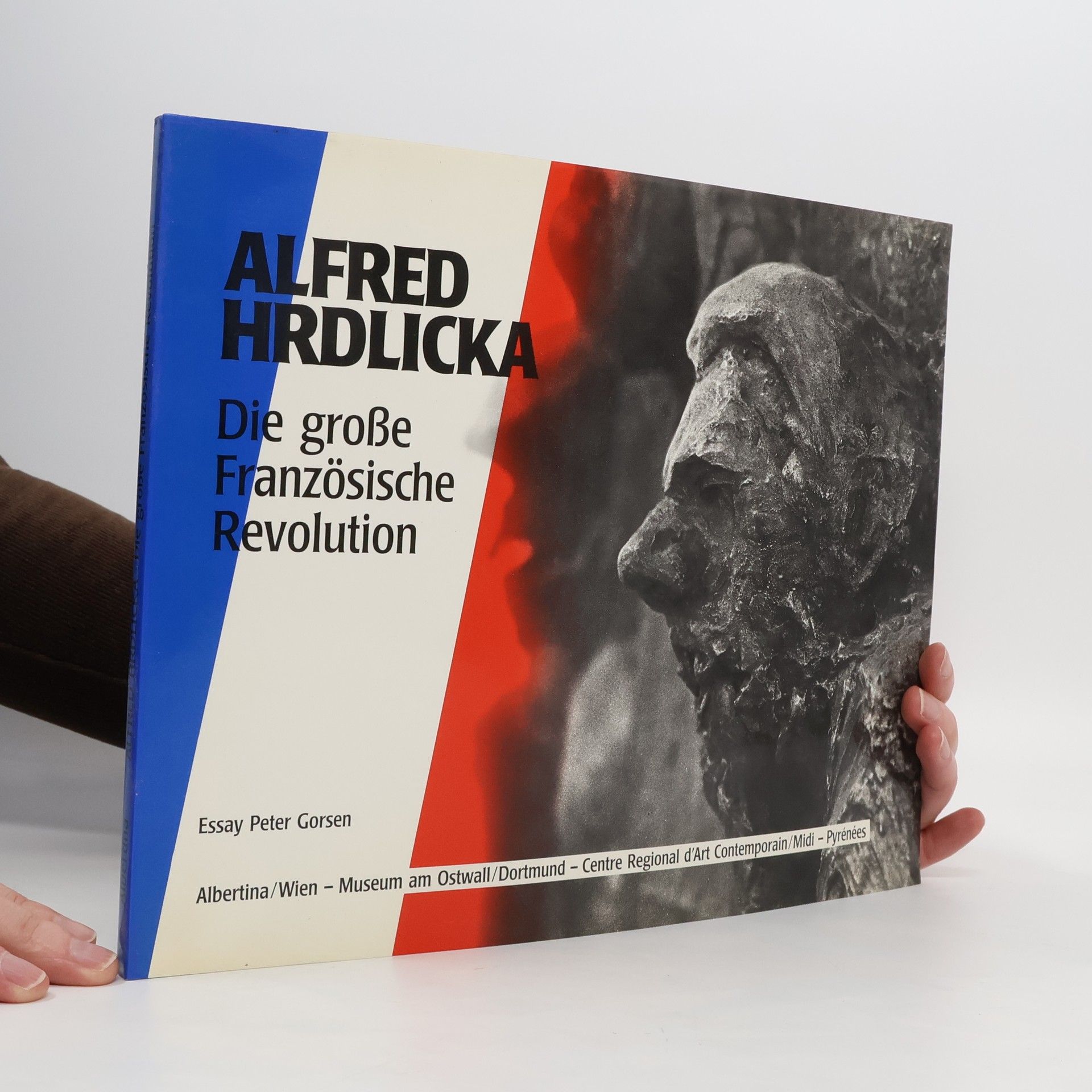
The Message
- 184pages
- 7 heures de lecture
In die Kunst des späten 19. und des 20. Jahrhunderts sind zahlreiche Phänomene des Übersinnlichen und Okkulten eingegangen. Das Buch widmet mit mehr als 20 ausführlichen Künstlerbiografien und zahlreichen farbigen Illustrationen der Kunst von Menschen, die sich als „Medien“ sehen, durch die sich übersinnliche Kräfte äußern. Peter Gorsen berichtet über die historische Entwicklung dieses Genres vom 19. Jahrhundert über die Faszination der Surrealisten, der Art Brut bis zu aktuellen Beispielen der überaus aktiven Szene, die bis heute eine unglaubliche Faszination auf den Betrachter ausübt. Die Bandbreite reicht dabei von Zeichnungen und Gemälden über die berühmten Geisterfotografien (Albert Schrenck-Notzing) bis hin zu akustischen Phänomenen.
Das Bild Pygmalions
Kunstsoziologische Essays
Libro usado en buenas condiciones, por su antiguedad podria contener señales normales de uso
